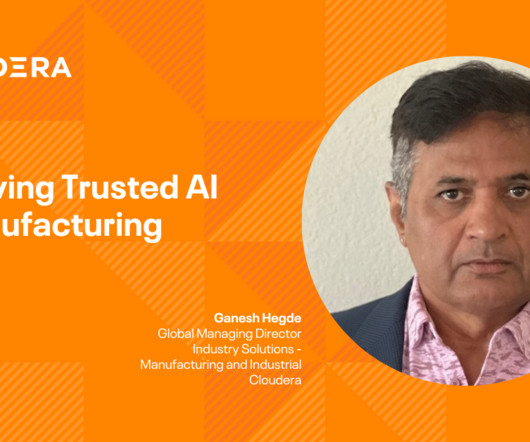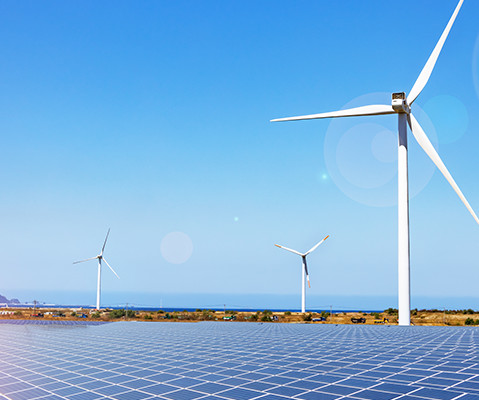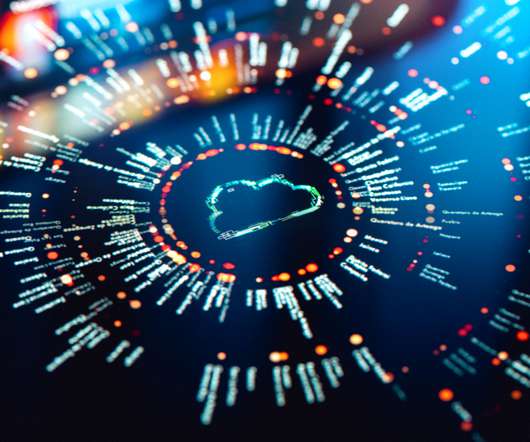Achieving Trusted AI in Manufacturing
Cloudera
JANUARY 30, 2024
According to Gartner , 80 percent of manufacturing CEOs are increasing investments in digital technologies—led by artificial intelligence (AI), Internet of Things (IoT), data, and analytics. Manufacturers now have unprecedented capacity to collect, utilize, and manage massive amounts of data.
















Let's personalize your content